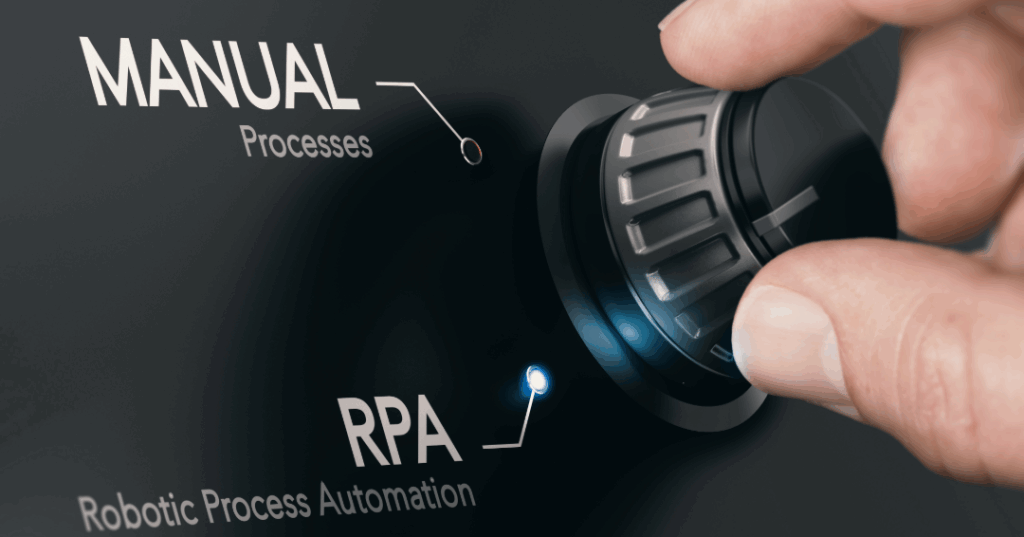10 Year Plan for Health in focus
James Davies, Head of Digital Productivity at Transformation Partners in Health and Care (TPHC), urges the NHS to adopt more automation now to boost productivity and achieve the three strategic shifts of the 10-Year Health Plan.
The challenge
Despite its committed workforce, the NHS is under unprecedented pressure. Lord Darzi’s 2024 investigation reaffirmed what staff and leaders already know: our health service is struggling to keep pace with demand due to outdated infrastructure, post-pandemic backlogs, and an under-resourced social care system. These systemic issues are constraining the NHS’ ability to deliver timely, high-quality care.
Now more than ever, unlocking productivity across the NHS is critical to achieving national priorities such as reducing elective care backlogs, improving A&E performance, and expanding access to general practice. As the Health and Social Care Secretary stated at NHS Confed Expo 2025:
“There is no answer to the waiting times crisis that doesn’t deal with the productivity crisis, and that means leaders have to be in the business of getting the best bang for the taxpayers’ buck.”
This is echoed throughout the 10 Year Health Plan for England, which calls out a decade of falling productivity. Now, with a system-wide target to deliver 2% annual productivity gains for the next three years, automation is no longer optional − it is mission-critical.

“The shift to digital is among our clearest routes to secure the productivity gains that will ensure the NHS’ financial sustainability.”
10 Year Health Plan, July 2025
Automation: a route to real reform
At a time when both frontline and corporate services staff are burdened by repetitive administrative tasks and fragmented IT systems, automation offers a practical and scalable solution. By replacing manual processes with automated workflows and bridging some critical interoperability challenges, automation enables staff to spend less time navigating bureaucracy and more time focused on tasks that only a human can perform.
As the Plan states:
“The administrative burden on staff will be lifted by AI scribes and intelligent automation, allowing each care team to focus entirely on their patients.”
Automation also supports another core principle of the new NHS model: value for money. The 10 Year Health Plan introduces value-based financial flows that reward productivity and innovation. In his 2018 report, Better Health and Care for All, Lord Darzi predicted automation could save the NHS up to £12.5 billion annually in frontline staff time, with an additional £6 billion in potential savings across the social care sector.
Automation in action
Automation can help by streamlining administrative tasks such as appointment scheduling, data entry and billing. It can also enhance patient flow management, reduce waiting times, and improve resource allocation, allowing staff to focus more on patient care.
TPHC’s Digital Productivity Team is already working with NHS organisations to realise these benefits at scale. Recent use cases included:
- secondary care referrals across 10 North Central London trusts:
- reducing referral errors and saving 142 working days per year, or 30 minutes per referral for chronic kidney disease services
- returning 20,000 hours to outpatient booking teams annually through automated referrals from e-referral service (ERS) to the electronic patient record (EPR).
- HR/recruitment: handling over 100,000 applications, improving candidate experience and shortening time-to-hire from 30 to 16 days through automating e-starter forms for North London Partners Shared Services (NLPSS), as recognised with the HPMA Excellence in People Award 2023 for smarter working.
The potential for the future is vast, with automation offering valuable applications like:
- primary care: registering patients at GP practices, scheduling patient reminders, test result distribution, patient communications
- finance: automated invoice and billing processes, business intelligence (BI) reporting.
Conclusion: now is the time
The NHS has entered a new era − one that demands productivity, transformation and smarter investment. Automation is a key enabler of all three.
In the words of the 10 Year Health Plan: “Digitalisation, as in other industries, will deliver far more productively for far lower cost.”
To realise this future, NHS leaders must act now. By investing in intelligent automation the NHS can reduce waiting lists, improve access and build a health service fit for the future, without asking staff to work harder.
It’s time to unlock more time for what truly matters: providing exceptional care to your patients. The NHS can no longer afford to wait and with the right tools, it doesn’t have to.
That’s why we’ve been working on a productivity solution to support your shift from ‘analogue to digital’, designed specifically to be cost-effective and sustainable for the health and care system.
Want to be among the first to discover how our new solution can help? Sign up to be notified when we launch.
About the Digital Productivity Team
The Digital Productivity Team at TPHC comprises experts in healthcare, technology, and process optimisation. This award-winning team has developed automations for over 40 NHS trusts, revolutionising healthcare operations through the strategic implementation of intelligent automation and supporting technologies. Globally recognised as a leader in the automation field, the team is at the forefront of driving efficiency, reducing costs, and ultimately improving patient care.

About the author
James Davies is Head of the Digital Productivity Team at TPHC. With over 20 years of service in the NHS, James brings a broad and in-depth range of experience, encompassing frontline clinical practice, operational management, and the successful delivery of digital transformation across multiple healthcare organisations. At the Royal Free London, he has led the implementation and operational management of several automation-led digital programmes, delivering multi-million-pound benefits.
